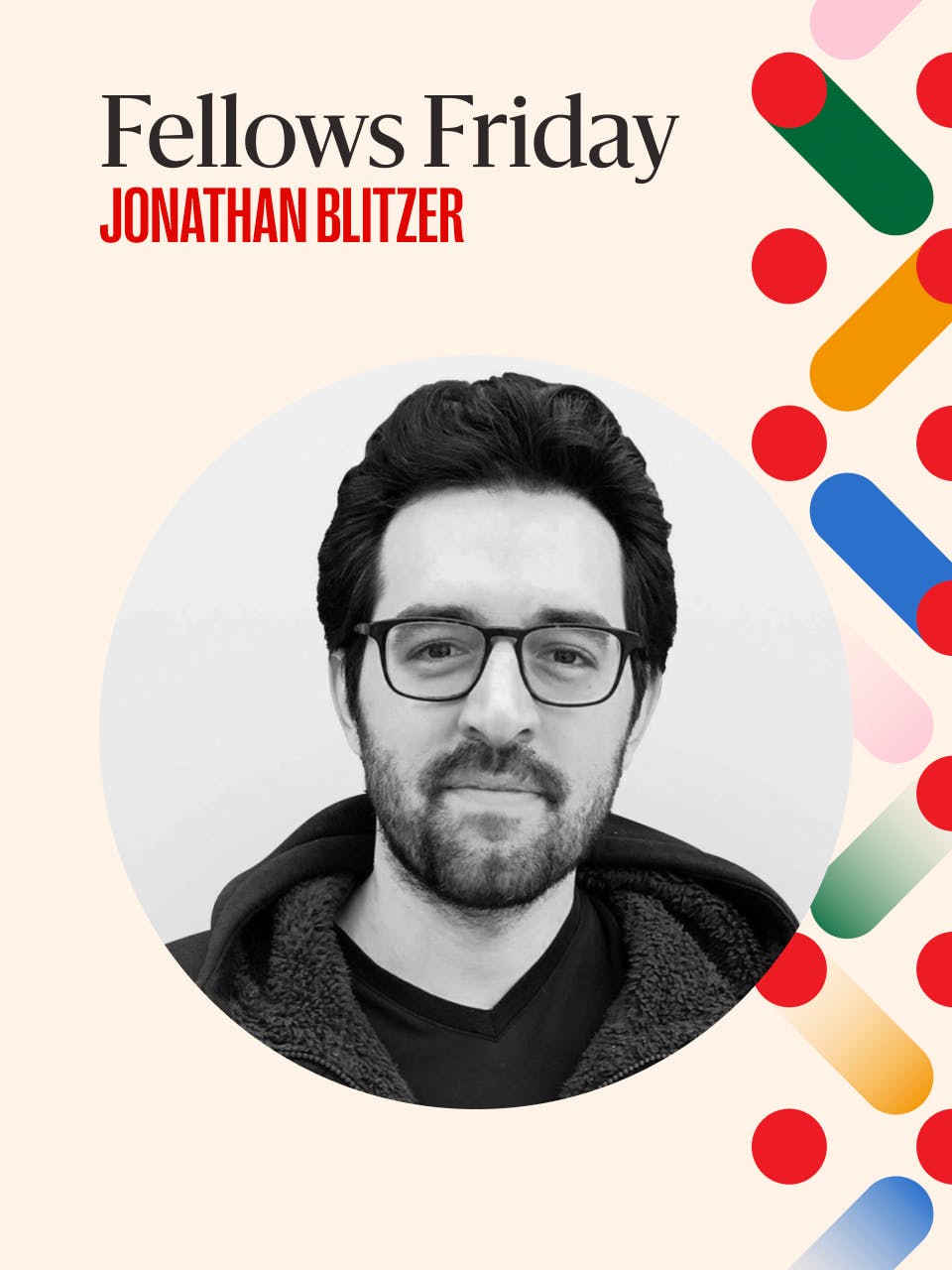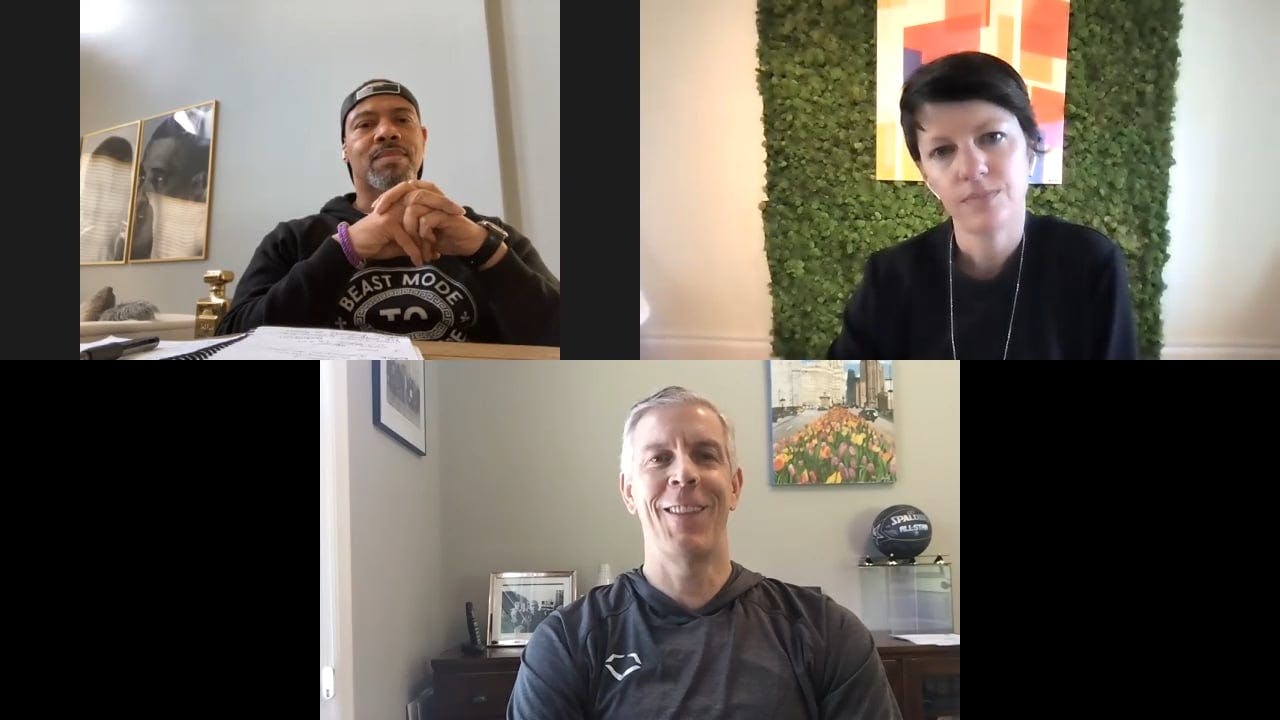
We need to stop oversimplifying the situation at the border
60 min watch
Conflict is inevitable. And in the right conditions, it’s also perfectly healthy. Conflict can motivate us to do our best work, be more productive, and think more creatively. It can move us to make smart compromises, providing better outcomes for everyone. But conflict can also be destructive and intractable. How do we distinguish these types of conflict? And what can we do when we’re stuck in the unhealthy kind?
The journalist Amanda Ripley, a former Emerson Collective Senior Fellow, has spent the last four years trying to understand how people and communities shift from “high conflict” – the destructive and intractable kind of conflict – to regular conflict, which Ripley believes is “inevitable, essential, and healthy.” In her new book, High Conflict: Why We Get Stuck and How to Get Out, Ripley travels from California to Chicago to Colombia to speak with politicians, activists, gang leaders, and guerilla members to better understand how high conflict systemically operates, and how our civic institutions can better promote healthier conflict.
In the book, Ripley learns from Curtis Toler, a former gang leader from the South Side of Chicago, who is today Director of Outreach for Chicago CRED, an organization working to reduce gun violence in Chicago’s most vulnerable neighborhoods. Toler ultimately helps Ripley better understand the personal toll of high conflict, and the precise strategies for breaking free from it.
Ripley and Toler recently spoke with Arne Duncan, Managing Partner of Chicago CRED, about the nature of high conflict, the reality of the situation in Chicago, and the path towards healthier conflicts and communities.

FELLOWS FRIDAY SERIES: Journalist Amanda Ripley and Curtis Toler, Director of Outreach for Chicago CRED, discuss the dead end of “high conflict,” and how to find a way out.
About four years ago, I felt exhausted by the kind and level of conflict in the news, politics, and social media. I felt like I had to do something differently as a journalist, and as a human, or else I was just going to make things worse or have no impact. So I started hanging out with people who study conflict like a system. And it was a total eye-opener to me that around 5% of conflicts operate like a perpetual motion machine, and the normal things you intuitively do to get out of the conflict, tend to backfire. So different rules and mindsets have to apply. I found out pretty quickly that the wrong question to ask is, “How do you get out of conflict?” The better question is, “How do you get out of high conflict?” And learning to tell the difference becomes really important.
High conflict is a kind of conflict that can start small. It can really be about anything, but quickly becomes “us versus them,” and we tend to feel a sense of superiority about our side. Eventually everybody in high conflict suffers to different degrees, which is maybe one of its most chilling patterns.
Conflict is part of life and good conflict is necessary and healthy, so I started to look for people who shifted from high conflict to good conflict. I followed Gary Friedman, who's a conflict expert; environmental activists in England; a former FARC guerrilla member in Columbia; regular frustrated Democrats in New York City; and regular frustrated Republicans in rural Michigan. In all these people’s shifts, there were remarkable patterns in what happened first, second, and third, which were incredibly encouraging. Some of those conflicts are really high stakes and some are low stakes, but the behavior is the same.
When Curtis works with young men and women in Chicago, one of the things he tries to do is investigate that root cause and ask “How did this conflict even start?” because often people don't know. This came up in every high conflict I looked at: there's a thing we fight about, and the thing it's really about, and we rarely talk about the thing it's really about. I call this “understory” in my book, and often people don't know what they’re really fighting about. They don't know because they're so fixated on winning—on fighting—that they lose vision of the big picture.
It was a long and hard transformation. I first tried to mitigate the conflict from the inside out, and that didn't work for me because I was still too close to the conflict. I tried to remain a leader of the gang, and say that the particular organization that I was in was about peace now. And that didn't really go too well internally or externally. In order to really resolve high conflict externally, you have to deal with the internal conflict within yourself first. And as Amanda alluded to earlier, I had to first get to the root cause of my internal conflict.
One of the things that I learned from Amanda and her book—and I think it worked with myself as well—was identifying your identity outside of the conflict. I was involved in this conflict for so long, but once you find your identity outside of the conflict, it helps you to navigate a little better to remove yourself from it. My identity outside of being a gang leader was that I was a father, and the more that I could be and lean on being a father, the less I was involved in the gang conflict. So now, I'm starting to use that with the men and women I work with.
Your gang becomes more like a family structure, because you're actually with them more than you are with your own family. We have a brotherhood, and so leaving the gang felt like I was leaving my family. I had all these people, leaning on me and depending on me for physical and financial reasons, and I was worried how they were going to survive without me. And so, I started to move away from the Machiavellian view of rulership that says fear lasts longer than love. At first, I was ruling by fear, but then I started to see that love was a lot better than fear. I got those young men and women to love me more, instead of fear me. Then, when I started removing myself from the gang, they felt that my leaving was going to be more of a help to them rather than a hindrance.
One common thread I've seen across different high conflicts is that the things that seem to work best often play on your family identity as a child, as a parent, as a grandchild. There is this really cool study about to be published by Juan Pablo Aparicio, which shows how this played out in the Civil War in Colombia. The Colombian government produced all these public service ads trying to convince people to leave the guerrilla fighters. These ads ran during Colombia National Soccer Team games, because they knew that FARC guerrilla members always listened to these soccer games on the radio. And the government also knew that whenever it was raining, there was no radio reception, so they couldn't listen to the games, creating sort of a natural experiment to see if the ads worked. They found that when these ads ran, they got 20 more defections of guerrilla members the next day, which is five times the average. And the specific ads that were most effective were the ones that talked about your family, which said things like, “Your mom and dad are saving a seat for you to watch the next game, come home.”
Amanda RipleyWelcoming people out of the conflict, welcoming them back home, and reviving their identity outside of the conflict is really important.
If they come to the table, that means that they're at least willing to listen to what the other folks have to say, and that's a start. And then if they're not willing, then we have to do what we call relentless outreach, where if they won’t sign a peace treaty, we at least want a non-aggression agreement which means that they won't be the aggressor. And then we'll start coming up with rules of engagement. These are small steps, but in the work that we're in, unfortunately we can't take no for an answer. When you’re working in high conflict situations, sometimes all you can do is mitigate the conflict and in our case, reduce how many people get shot and where.
I think we should try to execute the non-aggression agreements I've learned about through Chicago CRED in politics. Although they usually get violated, they slow down the conflict by creating a mechanism where you can try to make things right before things escalate further. We’re missing this mechanism in politics. And it wouldn’t be seeking widespread agreement on everything. I actually stopped using words like “unity” and “compromise” because that implies a surrender that I actually don't think is necessary or good. I want politicians who are capable of fighting the good fight without dehumanizing each other, without laying the conditions for violence. What I want is good conflict.